
What Refill Information on Your Prescription Label Actually Means
You pick up your prescription, glance at the label, and see Ref: 3 or maybe Refills: 0. It’s easy to ignore - but skipping this detail can mean running out of medicine when you need it most. Refill information tells you exactly how many more times you can get your medication without calling your doctor. It’s not about how many pills are left in the bottle. It’s about how many more times the pharmacy can legally give you a new bottle based on your doctor’s original order.
Where to Find It on the Label
Refill info isn’t always in the same spot, but it’s almost always in the bottom half of the label - away from the dosing instructions. That’s intentional. The U.S. Pharmacopeial Convention recommends keeping critical info like ‘take one pill twice daily’ at the top so you don’t miss it. Refill details are secondary, but still important. Look for phrases like:
- Ref: 4
- Refills: 2
- Refills Remaining: 1
- No Refills
Some pharmacies, like CVS and Walgreens, use color-coded sections or icons. Independent pharmacies often follow simpler formats. The key is to know what to look for: a number next to the word ‘Ref’ or ‘Refills.’ If you don’t see it, ask the pharmacist - they’re used to explaining it.
Why ‘Ref: 0’ Doesn’t Mean You’re Out of Pills
This is the most common mistake. If your label says Ref: 0, it doesn’t mean your bottle is empty. It means you’ve used up all the refills your doctor allowed. You still might have 10 pills left. But you can’t get another bottle without a new prescription. Many patients panic when they see ‘Ref: 0’ and think they’re out of medicine. They aren’t. They just need to call their doctor to renew the prescription. In fact, a 2022 Pharmacy Times survey found that 15-20% of calls to doctors’ offices were because patients confused ‘zero refills’ with ‘zero pills.’
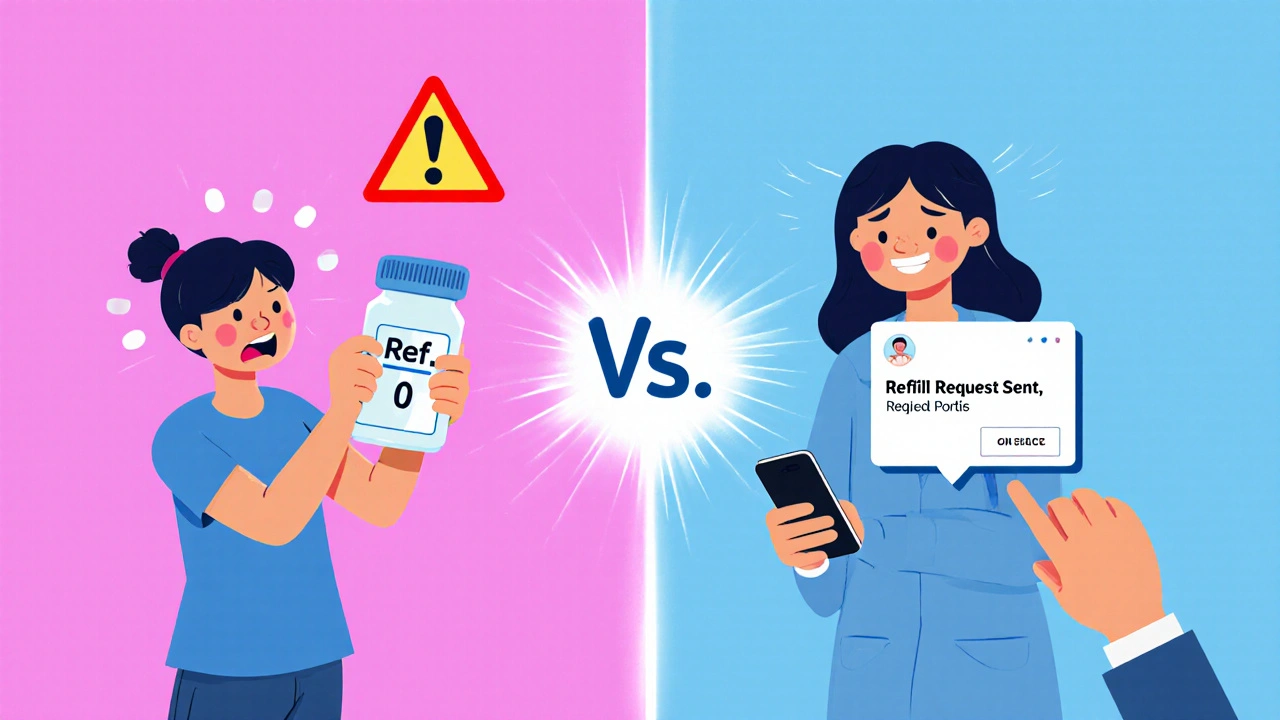
How Refills Work with Insurance and Timing
Your insurance plan controls when you can refill - not just how many times. Most plans won’t let you refill a 30-day supply until you’ve taken most of it. For example:
- Medicare Part D: You can refill at 23 days (so you can get your next bottle on day 24)
- UnitedHealthcare: You can refill at 80% of the supply - that’s 24 days for a 30-day prescription
- Some private insurers: May allow earlier refills for maintenance drugs like blood pressure or diabetes meds
Even if you have refills left, you might not be able to get your next bottle until the insurance window opens. That’s why it’s smart to check your refill status 3-5 days before you expect to run out. Some controlled substances - like pain meds or ADHD drugs - require extra processing time. Pharmacies may need 72 hours to fill them, even if you have refills available.
What Happens When You Run Out of Refills
If you hit ‘Ref: 0’ and you still need the medication, you must contact your doctor. Don’t wait until you’re out of pills. Some doctors will renew prescriptions over the phone or through their patient portal. Others may want to see you first - especially if you’re on long-term meds like antidepressants or blood thinners. A 2022 study in the Journal of the American Pharmacists Association showed that patients who understood their refill limits were 23% less likely to stop taking their meds altogether. That’s huge. Missing doses can lead to worse health outcomes, hospital visits, and higher costs down the line.
How Pharmacies Are Making Refill Info Clearer
Pharmacies know this is a problem. Since 2020, 68% of U.S. pharmacies have redesigned their labels to make refill info easier to read. CVS spent over $12 million on label improvements, including larger fonts and color-coded sections. Many now use bold, high-contrast text for ‘Ref:’ numbers. Some, like Express Scripts, even add ‘refill/use by’ dates so you know when your prescription expires. In California, labels must say ‘No Refills’ in clear language if none are allowed. Texas requires labels to show both the total refills authorized and how many remain.
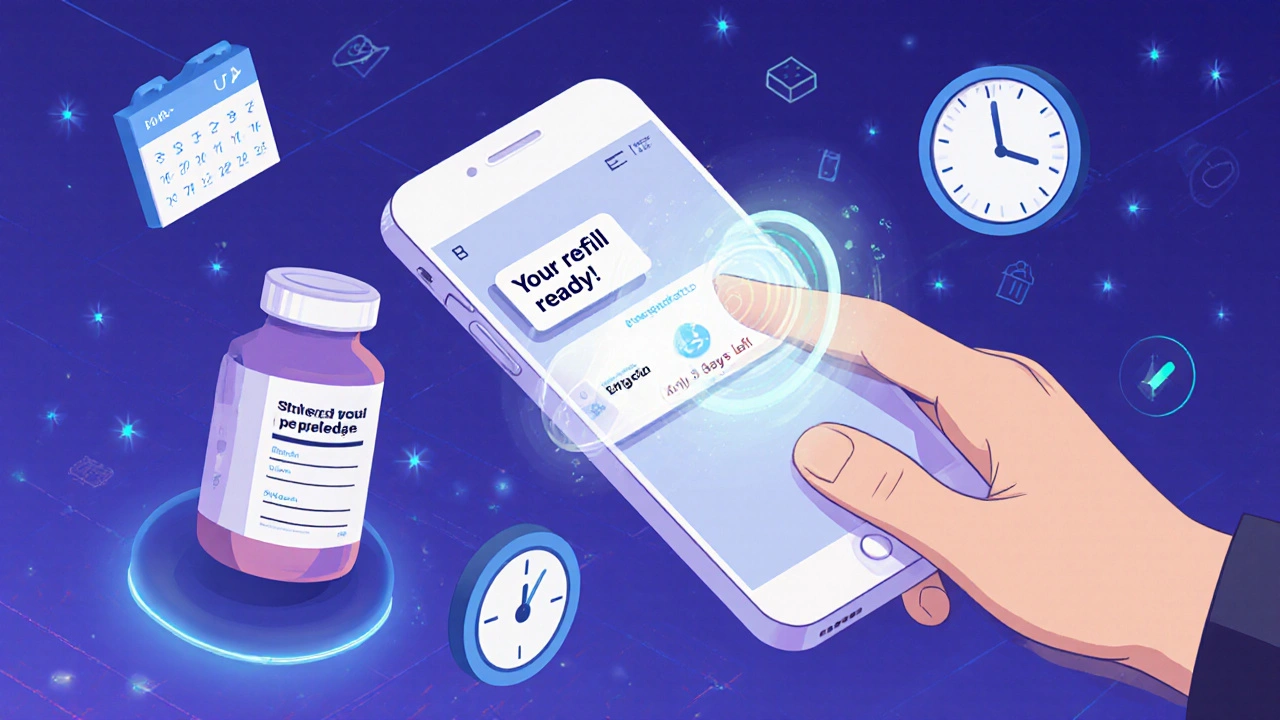
Digital Tools That Help You Keep Track
Technology is stepping in to help. CVS’s Spoken Rx feature lets you scan your bottle with your phone and hear your medication name, dosage, and refill info read aloud - in English or Spanish. Over 1.7 million people use it. Many pharmacies now send text or app alerts when your refill is ready or when you’re running low. A 2023 IQVIA report found that patients who used these digital reminders were 18.7% more likely to stay on their medication. If your pharmacy doesn’t offer alerts, ask if they can set them up. Most will.
What You Should Do Right Now
Don’t wait until you’re out of pills. Here’s your simple action plan:
- Find your refill info on the label - look for ‘Ref:’ or ‘Refills:’
- Count how many refills you have left
- Check your calendar: When will you run out based on your dosing schedule?
- Call your pharmacy 3-5 days before you expect to need a refill
- If Ref: 0, call your doctor - don’t guess, don’t wait
Set a weekly reminder on your phone to check your refill status. It takes 30 seconds. But it could prevent a medical emergency.
Why This Matters More Than You Think
Medication non-adherence - not taking your drugs as prescribed - costs the U.S. healthcare system over $300 billion a year. And a big part of that? People running out because they didn’t understand their refill info. Studies show that clear refill labels reduce medication abandonment by 23%. That means more people stay healthy. Fewer ER visits. Lower costs. It’s not just about reading a label. It’s about taking control of your health.

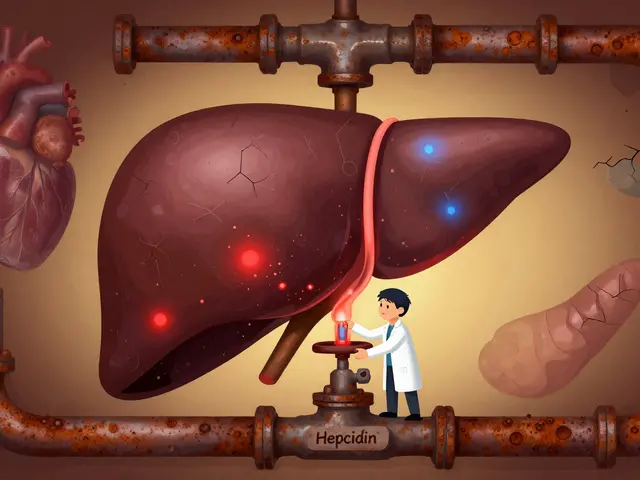
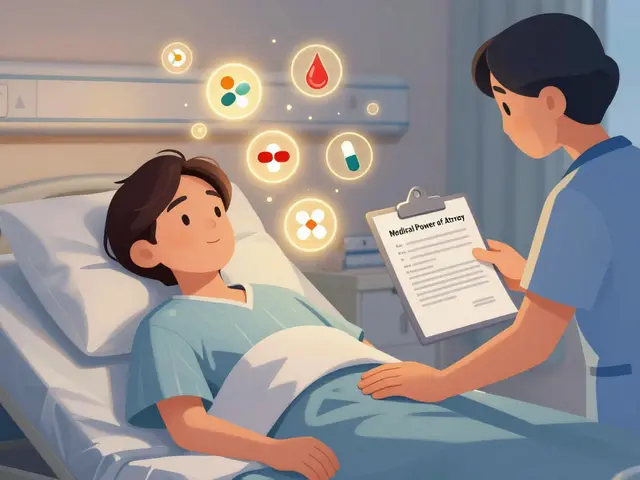
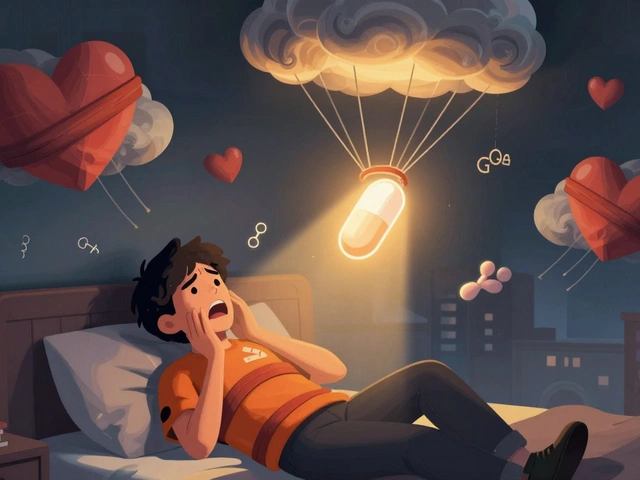
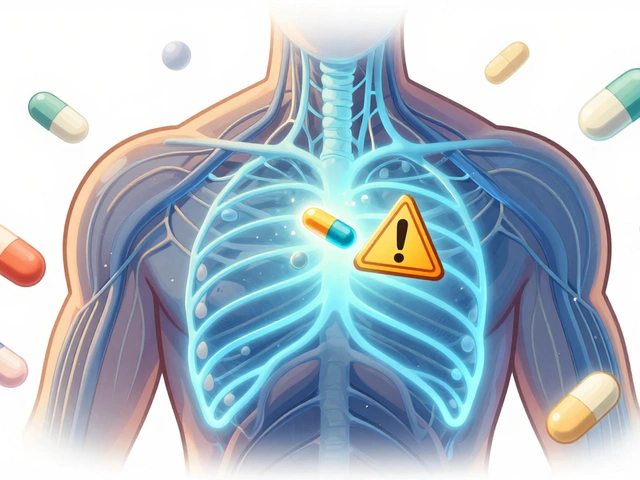
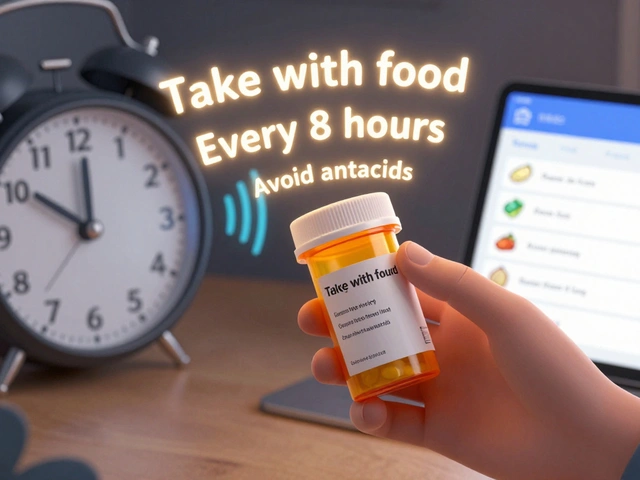
11 Comments